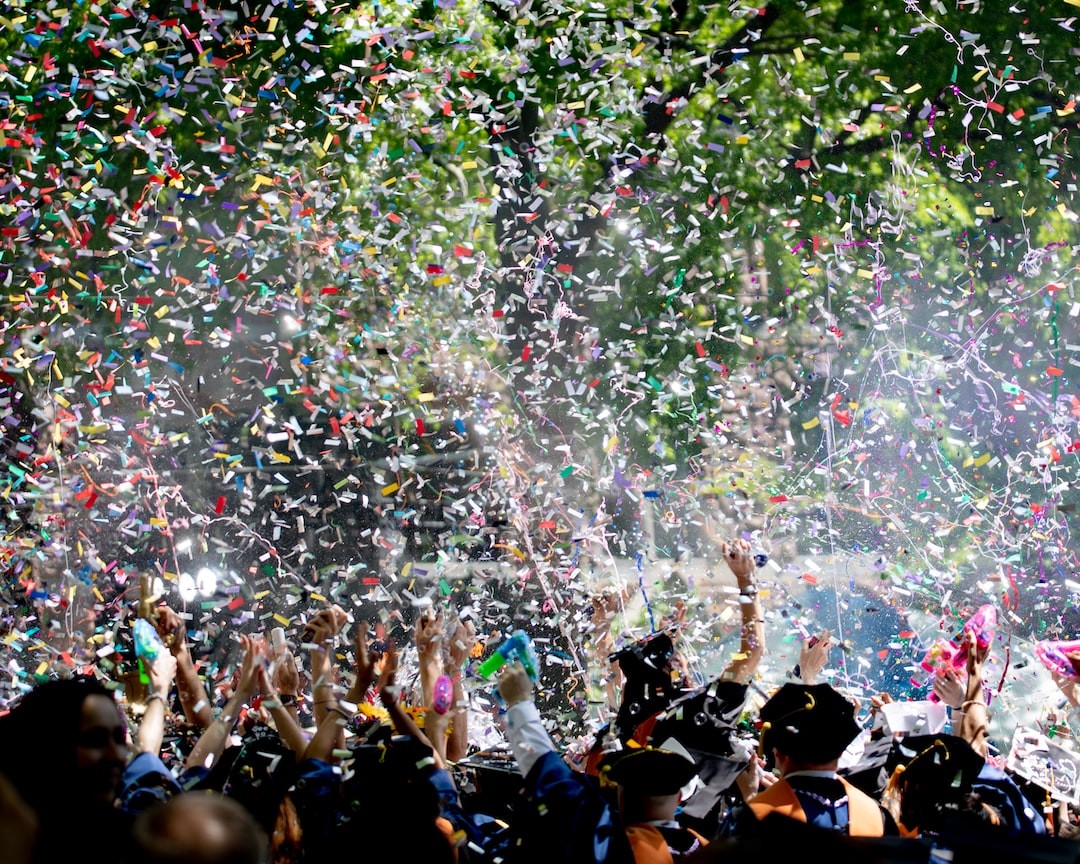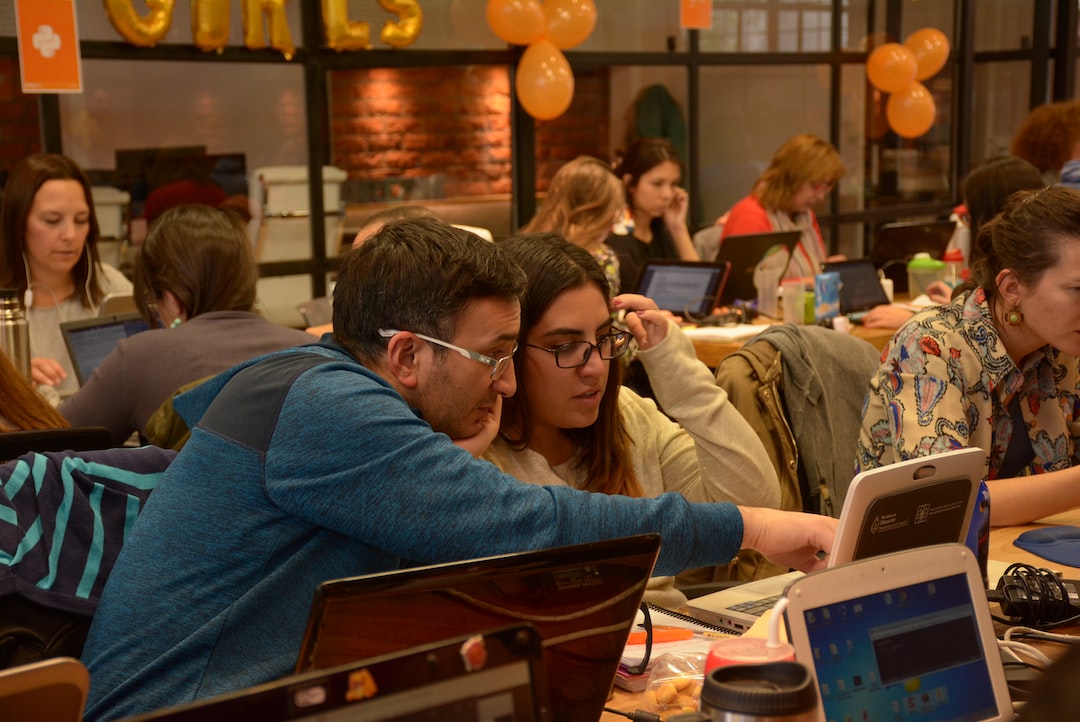Introduction
Table of Contents
Ireland, with its deep historical roots and a vibrant contemporary society, offers a fascinating glimpse into a diverse linguistic realm. The spoken word here is a vibrant patchwork that interlaces the widespread use of English with the enduring presence of Irish Gaelic, and the various other languages that pepper the nation’s rich cultural scene. This article invites you on a journey to explore the languages of Ireland, highlighting their beginnings, present-day status, and cultural importance. We will also consider how Ireland’s linguistic landscape has been molded by historical events, presenting a unique and evolving language profile.
The Dominance of English in Ireland
Historical Influence of English
In Ireland, the prevalence of English can be traced back to periods of English governance, which left indelible marks on the island. English was first introduced by the Normans and further entrenched as the administrative lingua franca during the British colonial era. The education system, especially the national schools established in the 1800s, played a critical role in promoting English, relegating the Irish language to the shadows. As proficiency in English became essential for upward mobility and economic necessity, the language’s prominence was cemented into Ireland’s social and cultural strata.
Regional Accents and Dialects of English in Ireland
English, as spoken in Ireland, is a medley of distinct regional accents and dialects that mirror the country’s multifaceted history and social intricacies. From the rhythmic southern lilt to the crisp tones of the north, the diversity is striking. In Dublin, the English spoken has its specific flair, while in the west, the local accent is noted for its musical quality. These dialects are emblematic of Ireland’s linguistic richness and serve as markers of regional identity.

Irish Gaelic: The National Language
The History of Irish Gaelic
Irish Gaelic, or simply Irish, holds the esteemed position of Ireland’s national language and is a treasured component of the nation’s ancestry. Its roots reach back to the ancient Celtic inhabitants and has been an enduring voice through the millennia. Although English encroachment, the Great Famine, and mass emigration threatened its existence, Irish Gaelic has withstood these trials and remains a poignant link to Ireland’s historical narrative and a marker of national identity.
Irish Gaelic in Education and Media
Within Ireland’s educational framework, Irish Gaelic is both preserved and nurtured. As a mandatory school subject and the medium of instruction in Gaelscoileanna, it is an integral part of the academic landscape. Beyond the classroom, the language is celebrated in the media, with outlets like RTÉ Raidió na Gaeltachta and TG4 dedicating their broadcasts to the Irish language, thus enriching Ireland’s cultural life.
Gaeltacht Regions: Where Irish is Still Spoken
The Gaeltacht regions stand as strongholds of the Irish language, where its daily use still prevails. Recognized for their linguistic heritage, these areas, mostly on the western seaboard, are crucial for the language’s vitality and are centers where Irish traditions, music, and arts thrive, nurtured by the language.
Recognition of the Irish Language
Legal Status and State Support
As Ireland’s first official language, Irish Gaelic holds constitutional importance, with English as the second. This recognition is supported by state initiatives such as the Official Languages Act of 2003, designed to enhance the use and visibility of Irish in public life. Furthermore, within the European Union, Irish has been acknowledged as an official working language, elevating its position on the international stage.
Efforts to Revitalize Irish Gaelic
Revitalizing Irish Gaelic involves a spectrum of activities, from grassroots community efforts to broad-scale national campaigns. State agencies like Foras na Gaeilge collaborate with non-profit organizations to propagate the language across various platforms, including education, literature, and social gatherings. Celebrations like Seachtain na Gaeilge, a festive period honoring the Irish language, play a significant role in cultivating a welcoming and vibrant image for Gaelic.

Other Indigenous Languages of Ireland
Scots Gaelic in Ulster
Scots Gaelic, akin to Irish Gaelic, found its way to the Ulster region through historical migrations from Scotland. Though its speakers are few, Scots Gaelic is a symbol of cultural identity and historical depth, adding another dimension to Ireland’s linguistic mosaic.
Shelta and Cant: Languages of the Irish Traveller Community
The Irish Traveller community, with a unique nomadic culture, communicates in Shelta or Cant. These languages, a fusion of Irish and English elements, facilitate privacy and unity within the community. While they may be less prominent in the wider public sphere, they are undeniable facets of Ireland’s diverse linguistic identity.
Immigrant Languages Contributing to Ireland’s Multilingualism
Polish, Lithuanian, and Other European Languages
Immigration has significantly broadened the linguistic horizons of Ireland. Polish, boasting the largest group of immigrant language speakers, is followed by Lithuanian, Romanian, and a host of other European tongues. These communities not only add layers to Ireland’s language diversity but also enrich its cultural tapestry.
Asian and African Languages Spoken in Ireland
In Ireland’s urban and rural landscapes, one can hear the languages of Asia and Africa, like Mandarin, Urdu, Arabic, and Swahili, spoken by newer residents. These languages contribute to the intricate weave of Ireland’s current linguistic fabric and mirror the country’s embrace of global diversity.
Language and Identity in Ireland
The Connection Between Language and Irish Identity
Language serves as a cornerstone of identity in Ireland, especially the Irish language, which is viewed by many as central to the Irish essence. The bond with Irish endures even as English predominates, reflecting the national spirit and emblematic of the collective Irish identity.
The Role of Language in Cultural Expression and Tourism
Language also plays a crucial role in cultural expression and tourism. It is the lifeblood of Ireland’s literature, music, and the arts, drawing visitors intrigued by the nation’s Celtic charm. Attractions like language immersion trips to the Gaeltacht and celebrations such as the Fleadh Cheoil showcase the importance of language as a draw for cultural enthusiasts and a contributor to the economy.

Promoting Multilingualism in Ireland
Government and Community Initiatives
A range of government and community initiatives have been launched to foster multilingualism in Ireland. These include language plans under the Official Languages Act, the 20-Year Strategy for the Irish Language, support for immigrant language instruction, and funding for cultural events. These endeavors not only safeguard and promote the Irish language but also welcome the linguistic diversity introduced by new communities.
Challenges and Opportunities in Fostering Language Diversity
While pursuing linguistic diversity in Ireland presents certain obstacles, it also unveils numerous prospects. The battle against language shift, integrating immigrant languages, and the practicalities of supporting a multilingual public sphere are challenging aspects faced. However, these endeavors are met with the potential for crafting a more inclusive, culturally enriched, and linguistically varied Irish society, reflective of a globally interconnected world.
Conclusion
To wrap up, the variety of languages in Ireland paints a rich auditory landscape that resonates with the country’s storied past and vibrant present. From the ubiquitous reach of English to the steadfast pulse of Irish Gaelic, and the array of immigrant languages, these are living symbols of Ireland’s historical continuum and social dynamism. The imperative of language preservation is paramount for upholding Ireland’s unique cultural identity in a world experiencing rapid globalization and technological shifts. Peering into Ireland’s future linguistic terrain, it is unmistakable that language will persevere as a pivotal element of Irish life, ensuring the perpetuation of its culture and legacy for future generations.
Frequently Asked Questions about Language in Ireland
What language do they speak in Ireland?
The primary language spoken in Ireland is English, which is used by the majority of the population. Additionally, Irish Gaelic (commonly referred to simply as Irish) is the national language and is spoken fluently in Gaeltacht regions. Other languages, such as Polish, Lithuanian, Mandarin, and languages of the Irish Traveller community like Shelta and Cant, also contribute to the multilingual tapestry of Ireland.
Does everyone in Ireland speak Irish Gaelic?
Not everyone in Ireland speaks Irish Gaelic. While it is the national language and taught in schools, fluent speakers are more concentrated in the Gaeltacht areas. English is the predominant language for most of the population, but efforts are ongoing to revitalize Irish Gaelic across the country.
Are there different dialects of English spoken in Ireland?
Yes, there are several regional dialects of English in Ireland, each with its own unique pronunciation and expressions. These dialects vary from the southern lilt to the northern tones and are indicative of Ireland’s rich linguistic diversity and regional identities.
How is the Irish language preserved and promoted?
The Irish language is preserved and promoted through education, with it being a mandatory school subject and the medium of instruction in Gaelscoileanna. Media outlets like RTÉ Raidió na Gaeltachta and TG4 broadcast in Irish. Legal recognition as the first official language, state support such as the Official Languages Act, and cultural celebrations like Seachtain na Gaeilge also play a crucial role in its promotion.
What is the significance of Ireland’s linguistic diversity?
Ireland’s linguistic diversity is significant as it reflects the country’s cultural richness, historical narrative, and evolving society. Multilingualism in Ireland, from the Irish language to immigrant languages, enhances cultural expression, promotes inclusivity, and contributes to the nation’s identity in the context of global interconnectedness.